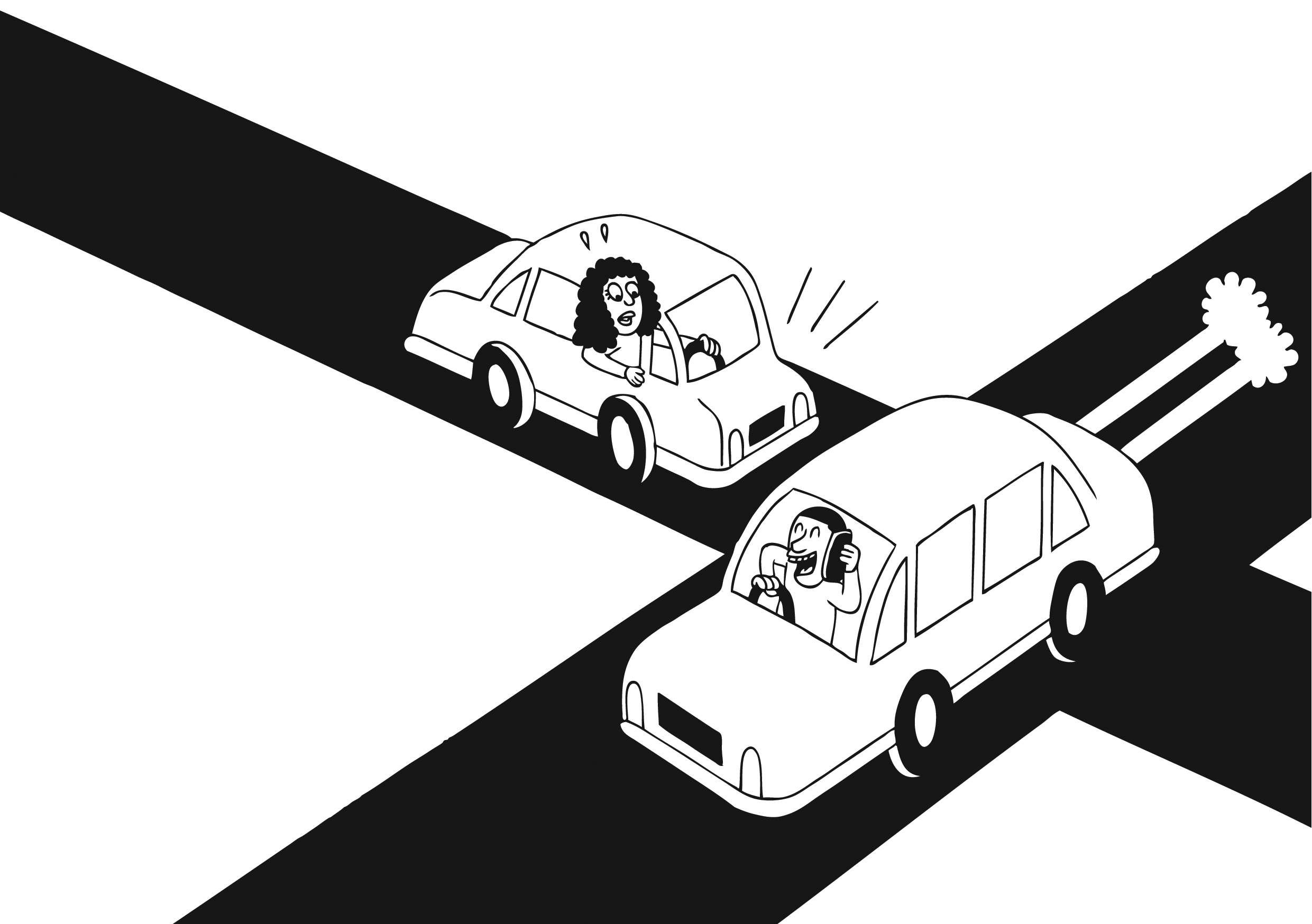Thriving Under Pressure
/People who Thrive and Adapt fully accept and face the circumstances they are in. They recognise what they can control and what they can’t. They don’t waste energy on things they can’t change. Thrivers recognise the flow of what is happening around them and use it to their advantage. They take action, solve problems and take responsibility for the outcomes.
Thrivers create calm and opportunity for themselves and others. They are highly effective in any circumstances they face. They are constantly seeing, shifting and doing - hunting for the most effective way forward.
Feeling the pressure…
Capt. Richard De Crespigny was the pilot in charge of Qantas Flight QF32 out of Singapore bound for Sydney when the Number 2 engine blew up. The damage was extensive and rendered the plane barely flyable. The workload in the cockpit was immense. De Crespigny was literally flying for his life and those of the other 364 passengers and crew aboard. It was definitely a survival situation. De Crespigny’s clear, cool-headed leadership helped the crew sort through an unprecedented situation and cockpit workload. He focused on what was working and what they could control, thereby avoiding the distraction of the many potential disasters beyond their ability to fix. They pulled off an almost miraculous landing with no loss of life.
It’s a great example of an Adaptor at work! DeCrespigny’s book “QF 32” is well worth a read and has many lessons for dealing with pressure and leadership under pressure.
You can download a summary here.
How do you adapt to pressure?
What can you control in your current circumstances?



